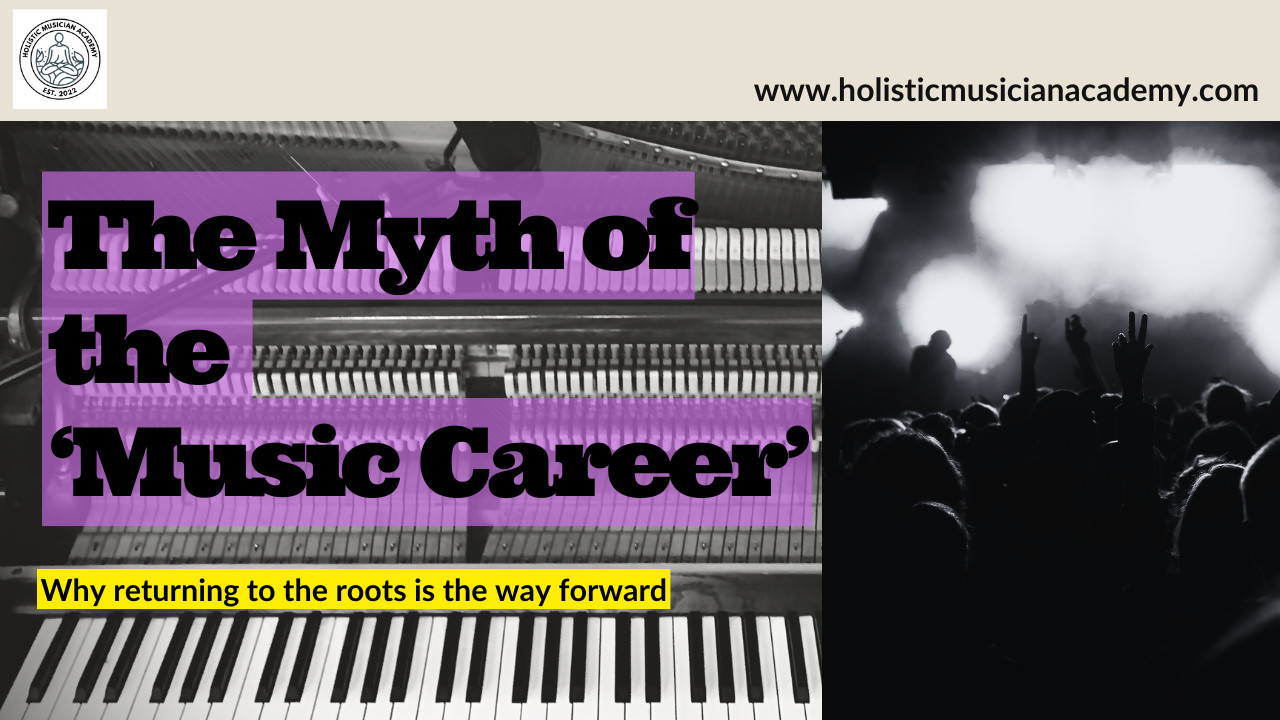
The loud story of a young machine
There’s a particular myth that has seduced generations of artists—told loudly, repeated often, and marketed with a shine just glossy enough to distract us from its hollowness.
It goes something like this:
“If you're good enough, and lucky enough, you'll get discovered.
The right deal, the right audience, the right numbers—and you’ll make it.”
But here’s the quieter truth:
The commercial music industry—the one that defines so many of our ideas of “success” is astonishingly young.
The commercial music industry—the one that defines so many of our ideas of “success” is astonishingly young.
Radio began in earnest only in the 1920s.
Major labels consolidated in the post-war boom.
Streaming is barely two decades old.
And yet, somehow, this relatively new architecture has become the dominant lens through which millions of musicians view their worth.
The damage this myth has done, especially to artists who carry deeper legacies, spiritual lineages, or healing practices, is vast.
And it's time we interrogate it.
Before the industry: music was ceremony
Before streaming platforms and stage lights, music held a very different function.
It wasn’t designed for algorithms.
It didn’t seek to entertain.
It wasn’t branded.
It was medicine.
In countless cultures—from the shamanic rituals of Central Asia to the Vedic sound practices of the Indian subcontinent—music was a sacred tool. It served to align, to transform, to heal.
“In Hindu traditions, sound is not just expressive—it is generative. The universe itself is said to have emerged from nāda, the primal vibration.”
(Beck, 2006; Ruckert, 2004)
The Bauls of Bengal sang not for fame, but to awaken spiritual truths.
Sufi mystics used rhythm to enter states of ecstasy.
Shamans across Siberia, Africa, and the Americas journeyed through drum and chant—not for applause, but for communal healing.
Sufi mystics used rhythm to enter states of ecstasy.
Shamans across Siberia, Africa, and the Americas journeyed through drum and chant—not for applause, but for communal healing.
This was music as ritual.
Music as alignment.
Music as responsibility.
Music as alignment.
Music as responsibility.
From sacred craft to mass product
The industrial age rewired that.
Music became mass-produced. Artists became brands.
A new set of gatekeepers emerged—first A&R reps, then radio programmers, and now, platform algorithms.
Music became mass-produced. Artists became brands.
A new set of gatekeepers emerged—first A&R reps, then radio programmers, and now, platform algorithms.
“The record industry has always been more interested in creating stars than sustaining artists.”
(Negus, 1992)
And as the gatekeepers shape-shift, the outcome remains the same:
Artists become collateral damage.
Artists become collateral damage.
They are told to stay “on trend,” stay “relevant,” stay “visible.”
And when they burn out, they are often discarded, forgotten, replaced.
Same game, new gods
The modern creator economy may wear cooler clothes, but it still runs on the same fuel: attention.
Now the label might be you, your brand, or your content output.
But the question remains unchanged:
Are you generating numbers?
Not:
Are you aligned with your calling?
Are you aligned with your calling?
Not:
Are you in service to something greater than your ego?
Not even:
Is the art any good?
The result?
Widespread burnout.
Widespread burnout.
Confusion around purpose.
A generation of sensitive creatives trying to keep up with a machine that never stops spinning.
“Artists often lose access to their inner voice under the pressure of external validation.”
(McIntyre, 2021)
The quiet revolution: coming back home
But I'd like to think something is shifting.
A new wave of artists, are beginning to see through the illusion.
They are diversifying their practices.
They’re composing, teaching, healing, facilitating, scoring, collaborating, improvising—not because they failed, but because they remembered.
Remembered that a “career” isn’t the point.
That artistic practice is not a ladder but a ritual space.
That the work we do is not linear—it’s seasonal. Cyclical. Devotional.
And this isn’t a retreat into obscurity.
It’s a return to wholeness.
It’s a return to wholeness.
5 practical suggestions for a sustainable music career
The idea here is to build from inside out. Instead of the other way round.
1. Identify who you're for
Most artists unconsciously shape their output around someone else’s expectations—an old teacher, a parent, the algorithm, or an outdated version of “success.”
But that's not who your audience is.
Do this now:
Write down:
“Who am I still trying to impress—and why?”
Then:
“What would my output look like if I wasn’t?”
Result: This cuts the noise at the root and creates space for your actual artistic voice to surface.
2. Choose one daily ritual to stabilize your nervous system
No sustainability without regulation.
Pick one:
- 10 minutes of breath-led movement (e.g., walking without your phone)
- A single practice you return to every morning, no agenda. This could be a scale, a rhythm exercise - no agenda.
- A 5-minute voice or body scan before checking your phone
This is not luxury—it’s infrastructure.
3. Set a weekly creative Audit check-In (15 min only)
Every 7 days, ask:
- Did I make anything this week that felt true to me?
- Did I say yes to anything that drained me? Why?
- Is what I’m working on feeding or depleting my practice?
Put it on your calendar. No excuses. This builds sovereignty like nothing else.
4. Unfollow or mute 5 accounts that trigger anxiety
This sounds superficial. It’s not.
Your nervous system learns from repetition.
If your feed teaches it that success = loud, fast, constant, and shiny—you’ll abandon your real rhythm.
If your feed teaches it that success = loud, fast, constant, and shiny—you’ll abandon your real rhythm.
Do this right now. It’s one of the fastest ways to reclaim creative authority.
5. Reframe your “career” as a spiritual discipline for the next 90 days
For 3 months, stop asking:
- “Is this working?”
- “Will this sell?”
- “Am I visible enough?”
And ask:
- “Did I practice with integrity today?”
- “Am I growing in mastery or just performance?”
- “Would I still do this if no one was watching?”
This is how you reconnect to music as a path—not a product.
Conclusion: success reimagined
There’s nothing wrong with visibility.
Or ambition.
Or wanting to make a living through your art.
Or ambition.
Or wanting to make a living through your art.
But when we build our sense of worth on myths designed by industries that never cared for us, we lose something precious: ourselves.
The work of an artist is not to chase the noise, but to tune the instrument within—to reclaim music as a living, breathing, evolving practice.
Because a “music career” might come and go.
But a music practice?
But a music practice?
Is meant to last a lifetime.
References
- Beck, G. L. (2006). Sonic Liturgy: Ritual and Music in Hindu Tradition. University of South Carolina Press.
- Ruckert, G. (2004). Music in North India: Experiencing Music, Expressing Culture. Oxford University Press.
- Negus, K. (1992). Producing Pop: Culture and Conflict in the Popular Music Industry. Edward Arnold.
- McIntyre, P. (2021). Creativity and Cultural Production: Issues for Media Practice. Palgrave Macmillan.
- Rouget, G. (1985). Music and Trance: A Theory of the Relations between Music and Possession. University of Chicago Press.
- Brown, S. & Volgsten, U. (2006). Music and Manipulation: On the Social Uses and Social Control of Music. Berghahn Books.
Join my free training.
Artist Mindmap 2.0 is a reimagined 6-day email mini-course designed for serious, sensitive, and soulful artists who want more than
surface-level hacks.
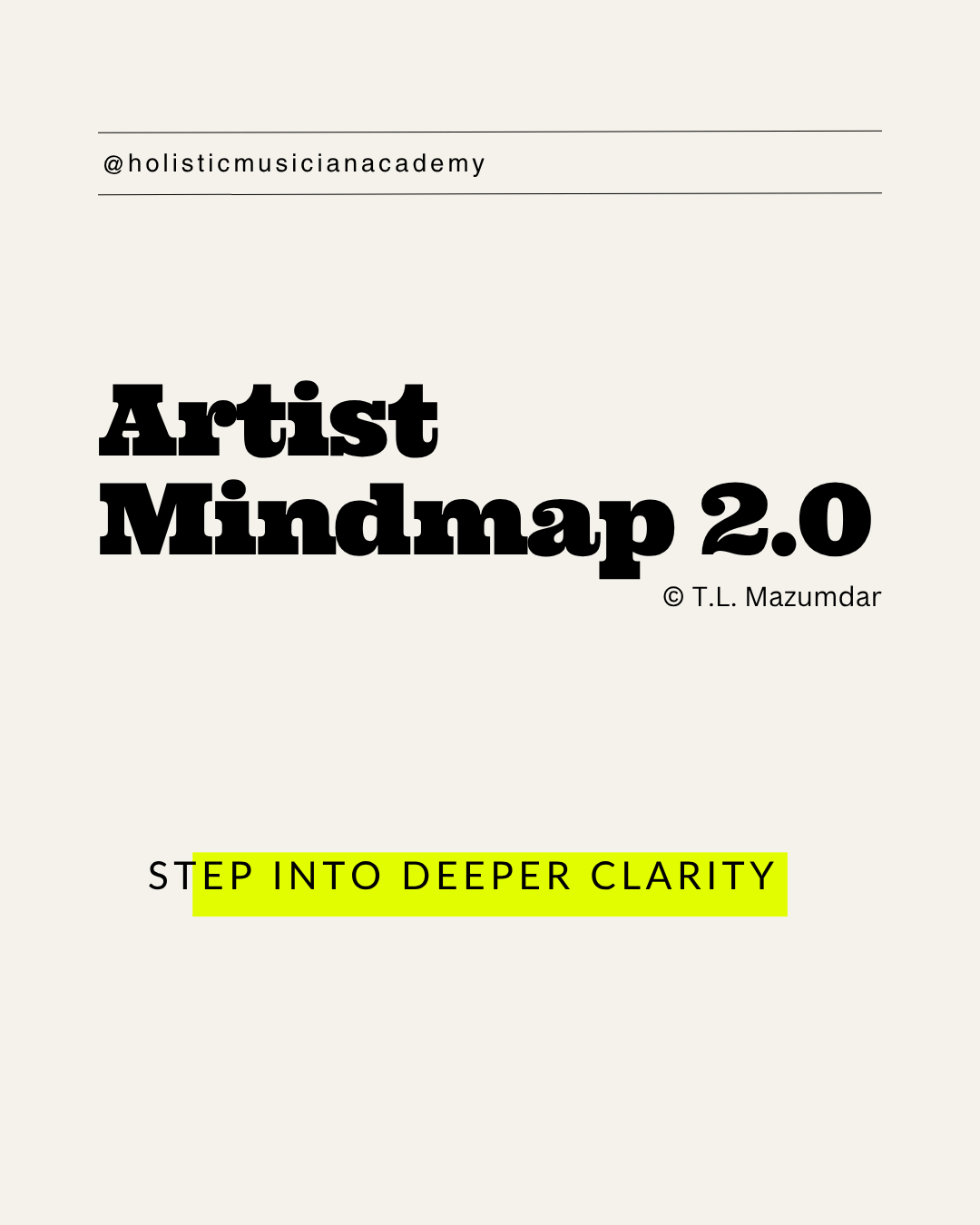


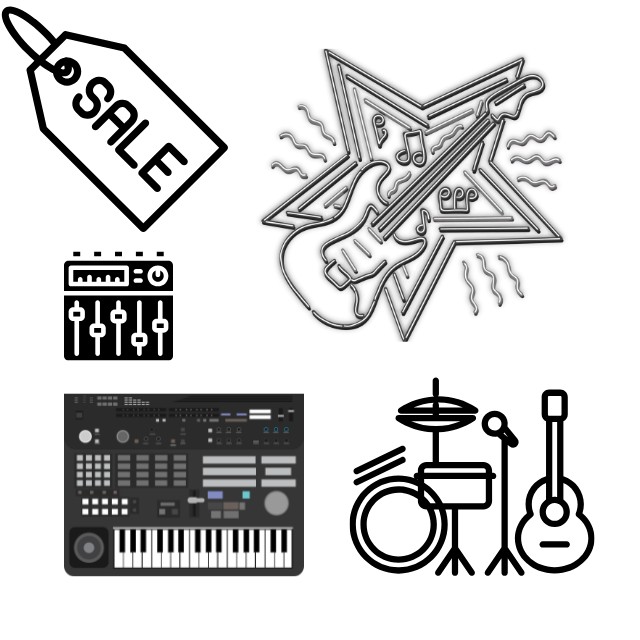

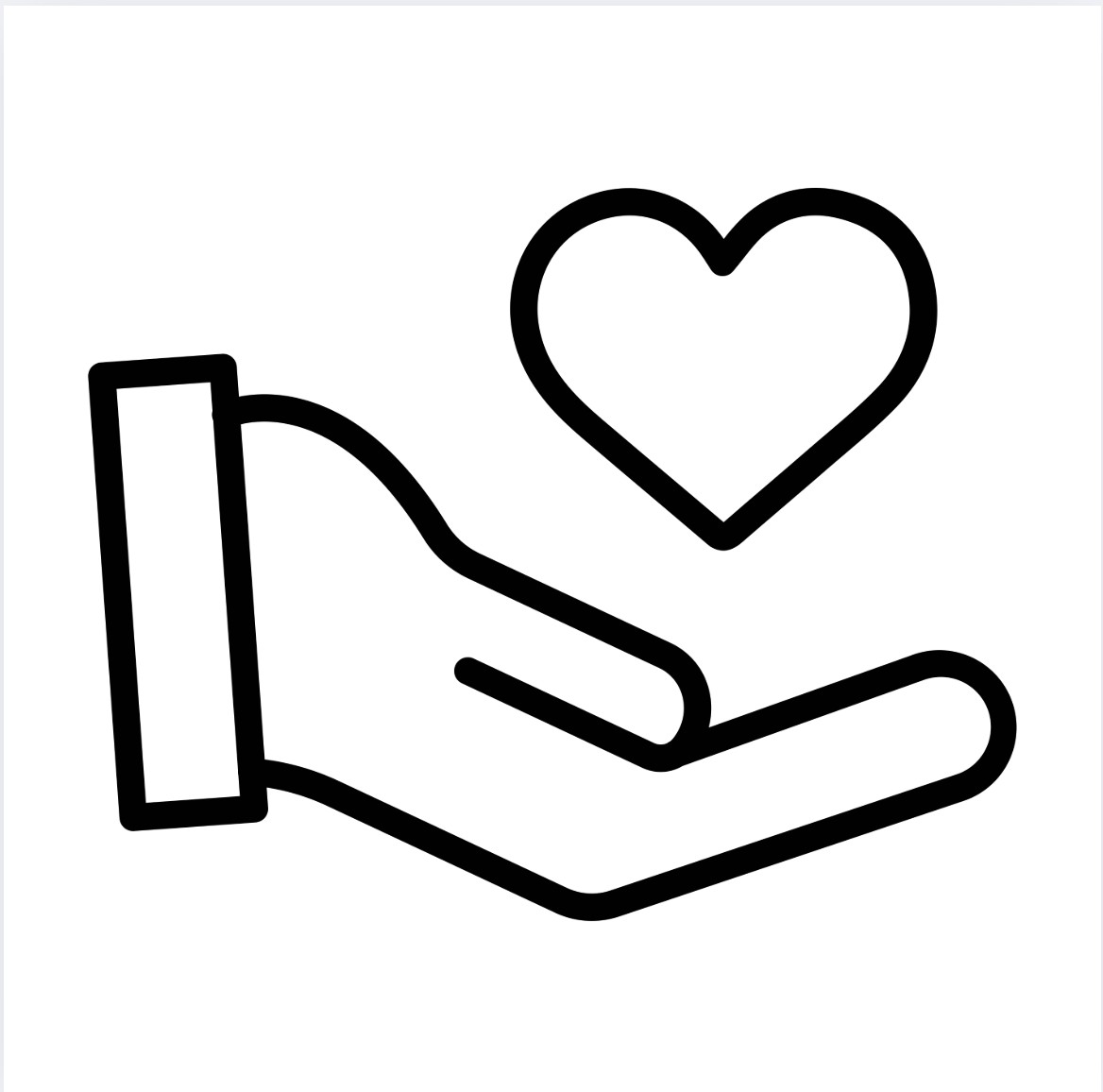

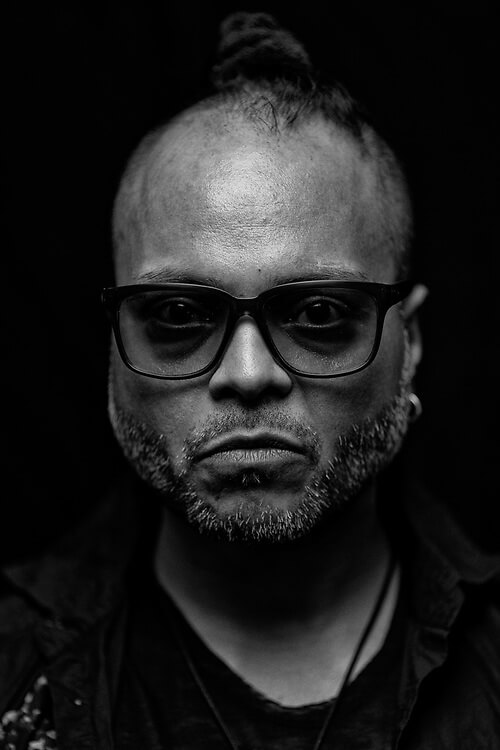
0 Comments